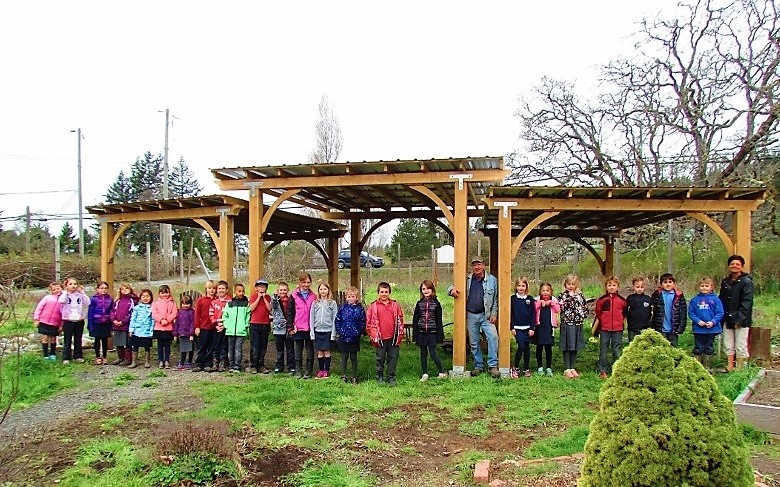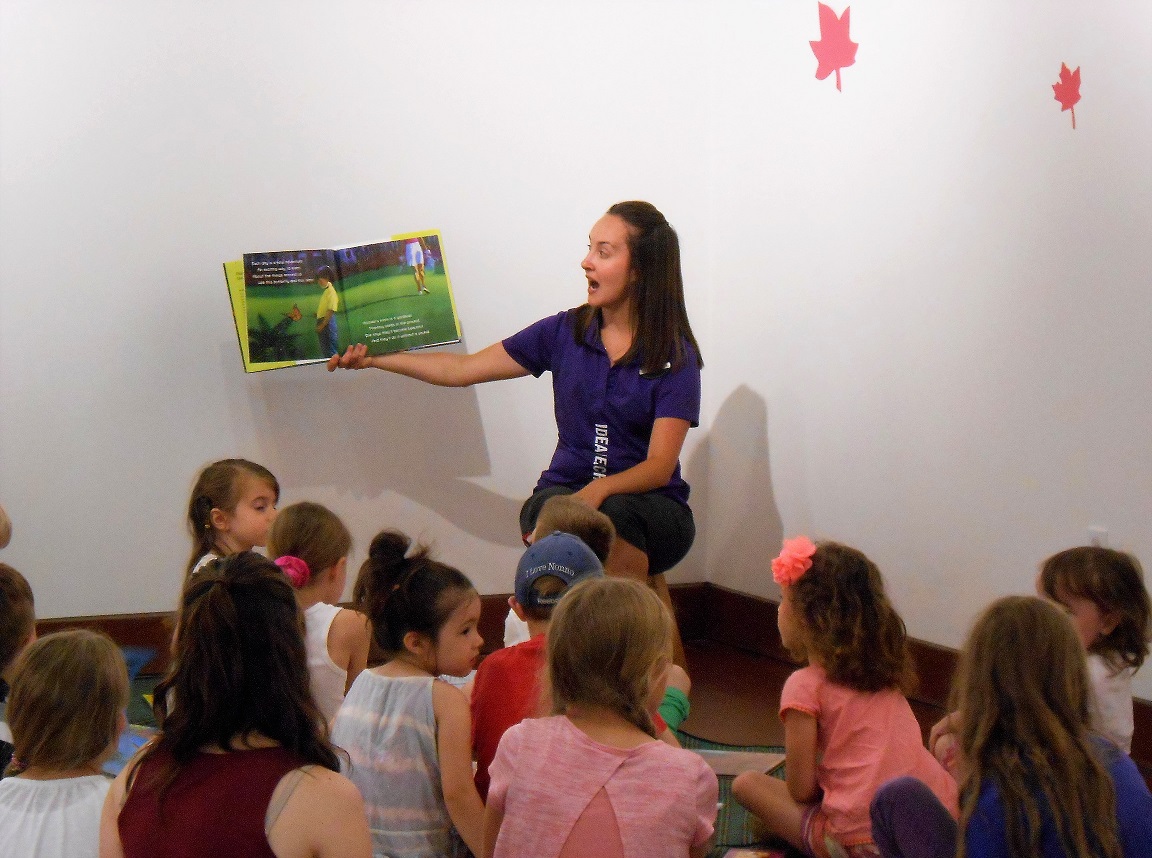My Child Wants a Dog/Cat But We Can’t Get One, What Now?
Having and taking care of a dog or cat has a number of proven benefits for children, including the following:
- Teaches kids about responsibility (especially picking up doggie doo-doo).
- Provides and supplements emotional support, reducing childhood anxiety and stress.
- Teaches empathy and compassion.
- Increases self-esteem when they successfully take care of their pet.
- Encourages social interaction (dog) when your child interacts with others at the local dog park (etc.).
- Encourages your child to go outside and engage in physical activity with their dog/cat.
- Boosts immune system, as studies have shown that owning a pet may increase necessary exposure to bacteria.
- Can reduce potential for developing allergies later in life (view study).
- Boosts cognitive skills as decision making is involved in taking care of a pet.
- Enhances verbal and nonverbal communication skills.
- Establishes a stronger bond between all members of the household.
And then, there’s this:
Wow. When you consider all of the above, how could any parent not want to get their child the dog or cat they’ve been asking for? But of course, as you well know, it’s not always possible to do so. Things that may make it challenging for many Canadian households to have a furry family member include the following:
- Not having a yard or adequate square footage to provide the fair and humane space the pet needs to thrive. This is most common to families who live in a condominium.
- Not having enough time to offer a dog or cat the love and attention it requires.
- Not being allowed to have a dog or cat on the residential property as per strata/condominium bylaw or landlord decree.
- A family member has severe allergies to furry pets.
- Financial constraints. While the cost of food may be negligible, routine check-ups, vaccinations, preventative care (flea and tick protection) and potential emergency visits or illnesses contribute to a reported annual expense of more than $3,700.
- A family that plans to move soon (within the next few years) and does not want to have the uncertainty of whether or not they can bring their dog or cat with them.
- A household travels too often to be fair to a dog or cat that requires lots of love and attention.
So what is a parent to do if they want to grant their child’s wish for a four-legged companion, but can’t? There are practical options to consider that can increase your child’s exposure to and enjoyment of lovable animals while allowing them to reap a number of the listed benefits. Let’s review!
Five Things to do to Get Your Child More Involved with Animal Companions When They’re Not Able to Have One of Their Own
Start a Neighborhood Dog/Cat Sitting Service
While there isn’t a legal minimum age for pet sitting, experts generally suggest that children aged 10 years and up are fully capable of caring for cats and small to medium sized dogs,, while those 12 years old and up are suited for larger or more active dogs. If your child fits the bill, they can create colorful posters/brochures to put up in the neighborhood (i.e. a cul-de-sac where everyone knows one another) and even in a multi-residential complex to offer dog walking and dog/cat sitting services. They can begin for free in order to get experience – and for the fun of it – or charge a small fee. Neighbors are usually more than happy to give them something! It’s recommended for your child to start with one pet at first, and accompany them in the beginning (for dog walking) to ensure that they can handle the pup.
Short Term Pet Fostering
Short-term pet fostering involves providing temporary care for a dog or cat while they await adoption. It can be for a few days, weeks, or months, depending on the circumstances. It allows them to be cared for in a loving home, which promotes socialization and well-being. In cases where the animal may have experienced trauma, fostering provides them an opportunity for recovery in a safe environment. At the same time, your child will experience a number of the benefits addressed in the introduction. And while your child will feel a little sad when the time comes for the pet to move into their new home, the emotional experience is healthy and will help them evolve.
One-Day Doggy Field Trips
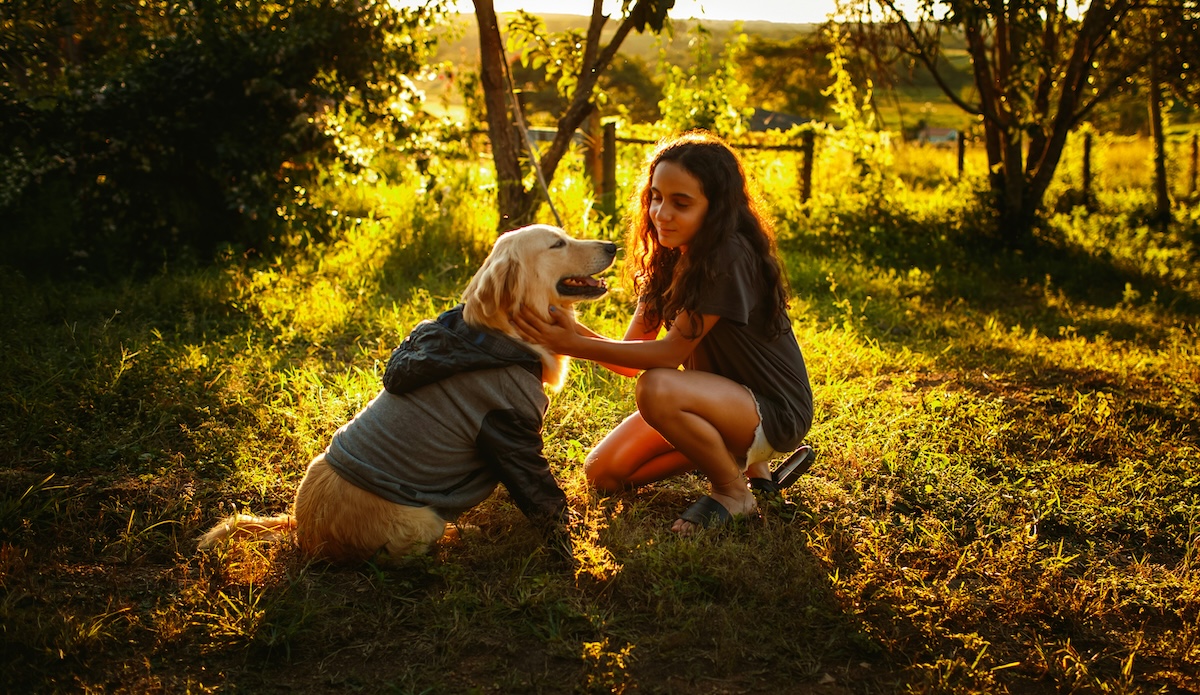
Animal shelters in some cities have one-day dog foster programs. also known as a doggy “day out” or “field trip”. It’s less committal and good for those who are afraid their children may become too attached to an animal when a fostering program lasts weeks or months. Families who opt-in take a shelter dog outside on-leash to parks and beaches for a day of activities and companionship away from the shelter environment. There is typically a cost associated with it, as it’s considered to be an enjoyable activity/experience for a family, with money going to caring for animals in the shelter. If there are no one-day doggy field trip programs in your city, there’s a good chance that there are in one in your family’s favorite vacation spots. Popular Canadian vacation destinations with SPCAs (such as Hawaii) offer these programs to visitors, so be sure to do some homework prior to a spring, summer, or winter trip.
Enjoy Regular Visits to Your Local Farm/s
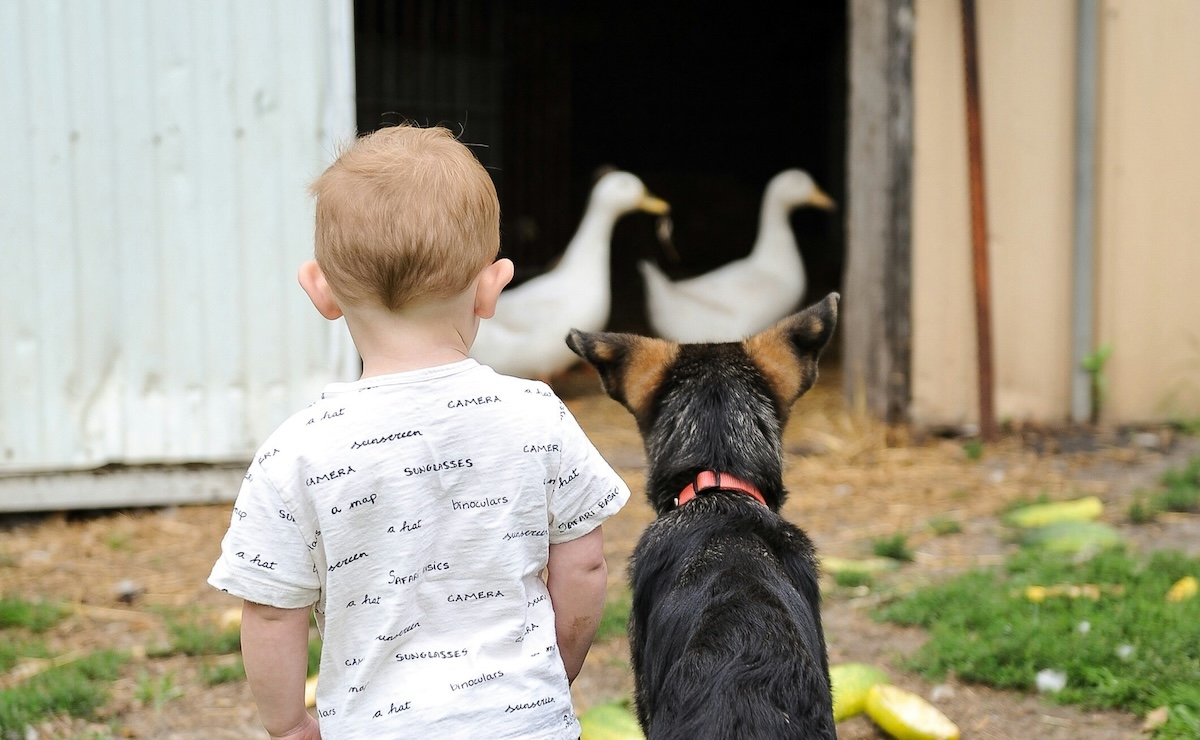
A number of agricultural communities across Canada offer farm visits, such as this Natural Factors one. A farm visit not only provides an educational and recreational perspective on the seed-to-table process, many provide children the opportunity to see and interact with all sorts of animals that are common to the environment, such as herding dogs, horse, cattle, pigs, goats, and chickens. While farm visits are typically arranged for school groups, many offer family households the a chance to see firsthand what animal life on a farm looks like.
Consider a Smaller and Easier Pet (with added learning experiences)?
Those who can’t get a cat or dog due to space, time, and/or financial constraints may consider a smaller and less labor intensive pet for their child. And if you choose one where which care (nurturing and feeding) is embroiled with an opportunity to learn about the environment, even better. For instance, did you know that small lizards like the gecko are important pollinators that supplement the pollinating activities of birds and insects in many ecosystems? If that’s a little too exotic for your tastes, furry little friends like hamsters can teach your child valuable skills that are attained through daily tasks like feeding, cleaning, and providing a safe environment. Meanwhile, a pet turtle, frog, or fish can introduce your child to basic environmental concepts like ecosystems, habitats, and the importance of water quality (through filtration) all through the lens of a miniature water-world.
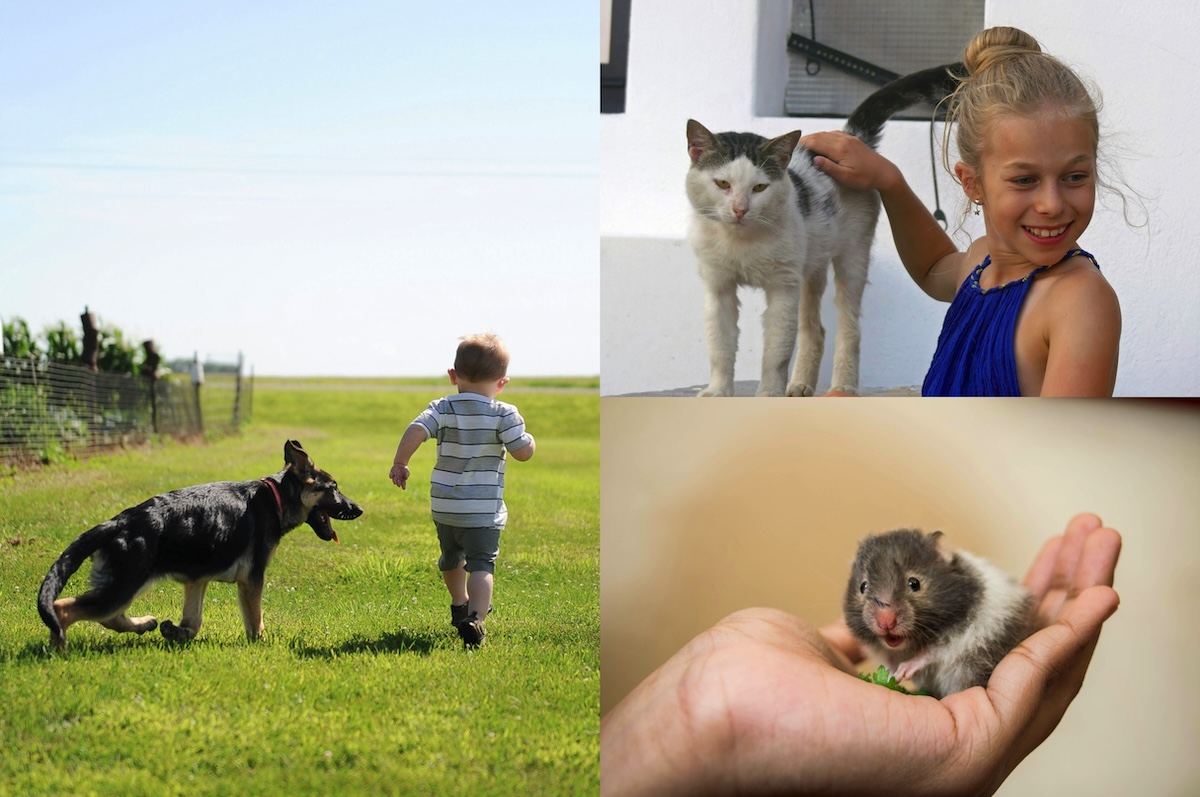
We hope everything above was helpful. Meanwhile, please note that the Plant a Seed & See What Grows Foundation inspires and promotes healthy living and learning for kids across Canada. You can help us help the next generation by pledging your support too! View more on how you can get involved.





